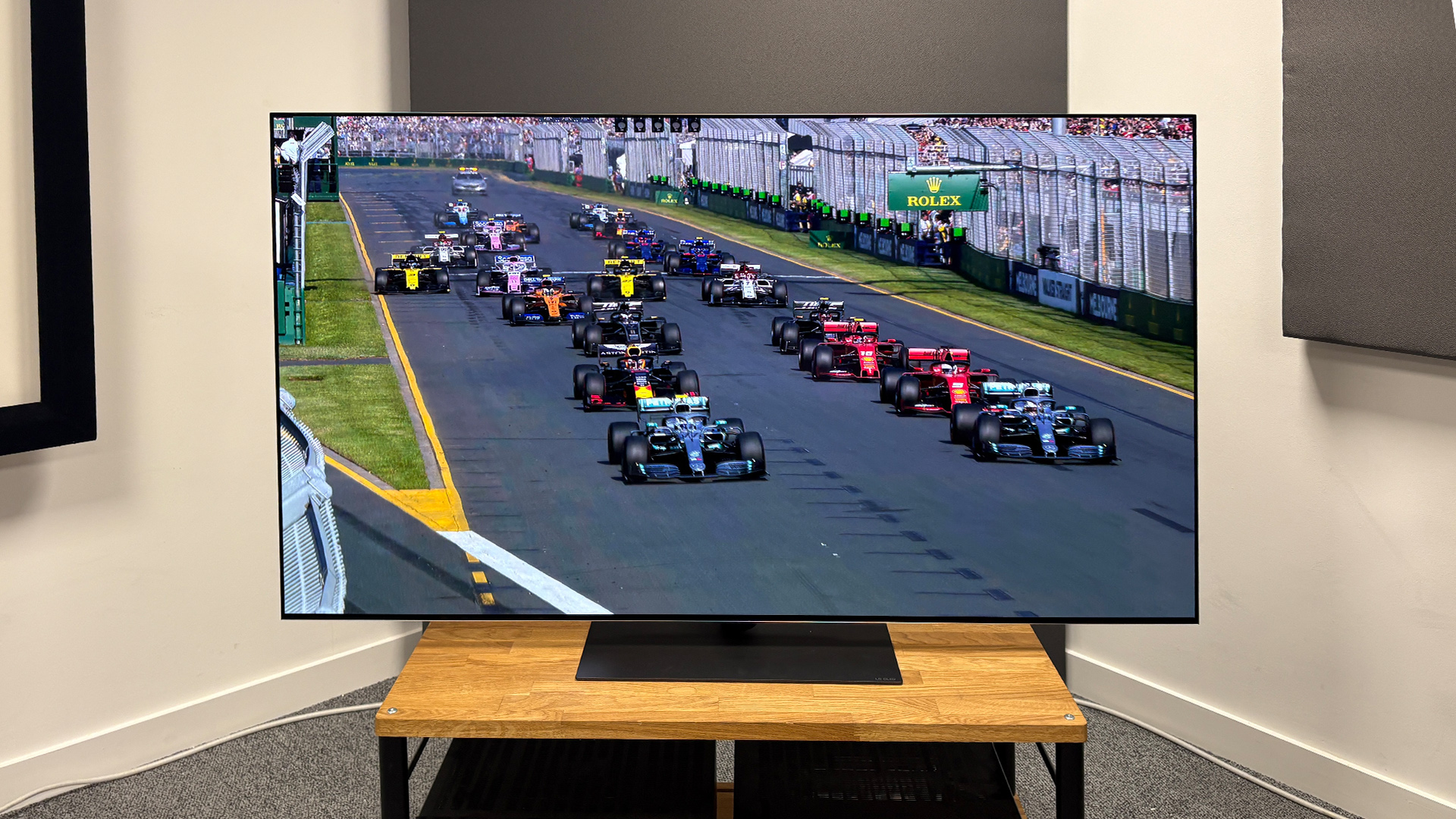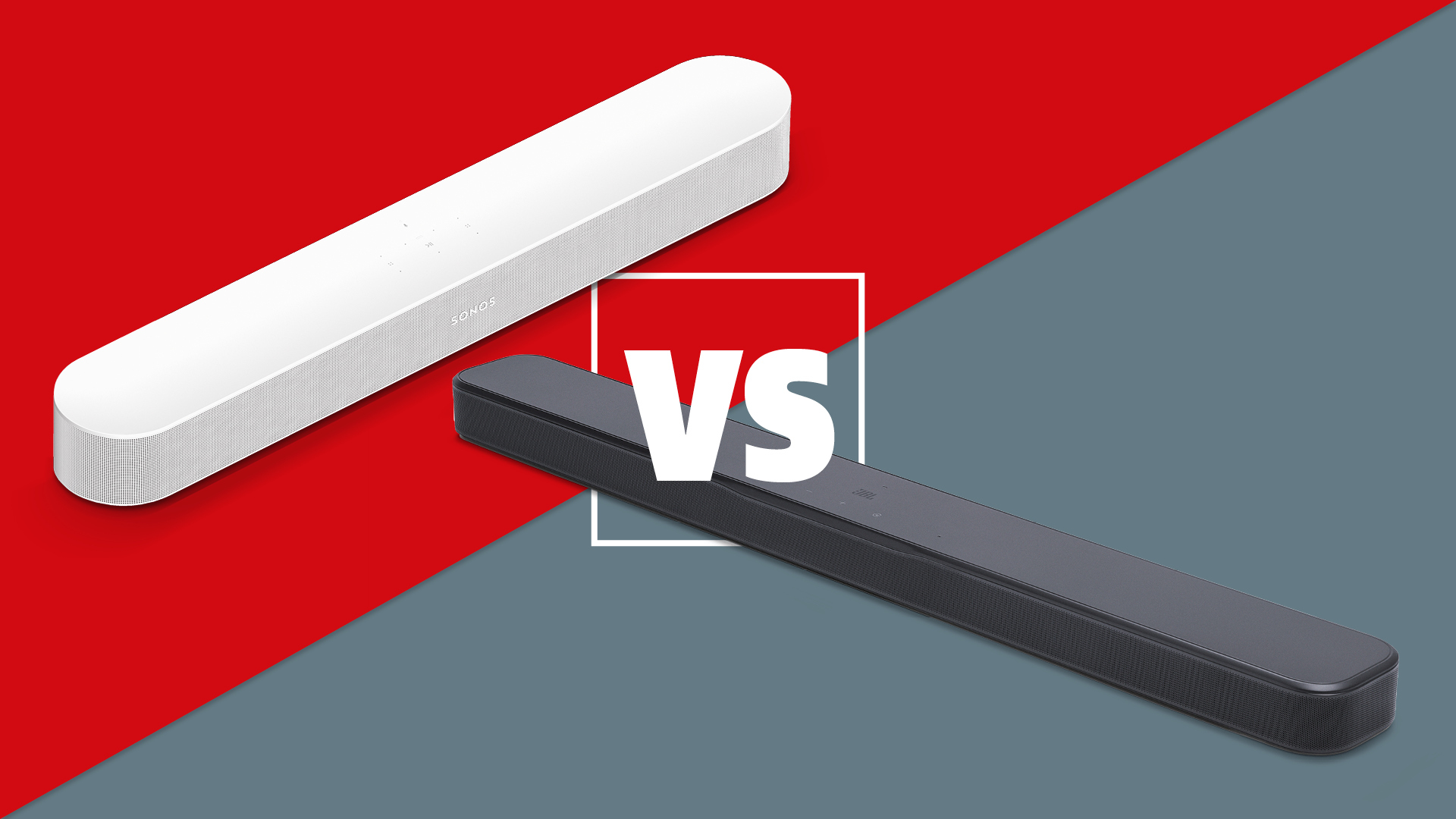LG's new "dream OLED" panels are ready for production – is Primary RGB Tandem OLED already about to be replaced?
Who's ready for PHOLED?

LG Display has announced that an exciting new development in OLED panel technology is almost ready to hit the market, and it could dethrone the new Primary RGB Tandem OLED already.
It claims that these new Hybrid Tandem OLED, also known as PHOLED, panels are a significant step towards achieving a "dream OLED display".
The company has announced that these new Hybrid Tandem OLED panels will sport a high-efficiency blue phosphorescent layer and a long-lifetime blue fluorescent layer, alongside red and green phosphorescent layers, making this a refined take on the four-stack OLED panel found in the likes of the LG G5 and Panasonic Z95B.
LG Display plans to debut a "blue phosphorescent OLED panel featuring two-stack Tandem technology" at SID Display Week 2025 in San Jose, California, later this month.
Furthermore, the company has been able to "verify the commercialisation-level performance of blue phosphorescent OLED panels on a mass production line", meaning we could see devices sporting these new panels very soon.
There is, however, a catch. The first devices that will be shown off with these new PHOLED panels will be small and medium-sized products, such as smartphones, tablets and laptops. However, it had this to say about the future of PHOLED displays:
"As more and more products require high definition and high efficiency, such as AI PCs and AR/VR devices, the application of blue phosphorescence technology is expected to expand rapidly."
The latest hi-fi, home cinema and tech news, reviews, buying advice and deals, direct to your inbox.
We need to conduct a quick science lesson to understand what makes this new OLED technology so special. Currently, OLED panels use two different light emission technologies: phosphorescent for red and green and fluorescent for blue.
Fluorescence is the simpler of the two, as it works by emitting light as soon as electrical energy is received. However, its luminescence efficiency is reportedly only 25 per cent, compared to phosphorescence, which briefly stores the energy before emitting light, resulting in a significant jump up to 100 per cent luminous efficiency.
That doesn't mean we'll see OLED panels that are four times as bright as the currently available WOLED and Primary RGB Tandem OLED panels, but logically an increase in blue brightness would allow for enhanced brightness overall.
LG Display has been striving for a full RGB phosphorescence for quite some time now – that's the "dream OLED" scenario in case you were wondering – as it could boost panel brightness while also significantly improving energy efficiency.
The only issue is that implementing a blue phosphorus layer is easier said than done. Blue light has the shortest wavelength and demands more energy, but LG Display appears to have cracked the code.
While LG Display hasn't specifically referred to the existence of PHOLED TVs quite yet, we expect that the "expanding rapidly" claim could refer to the development of larger displays down the line.
Regardless, it seems as though we'll have to wait a little bit longer for PHOLED TVs to hit the market, which allows the upcoming Primary RGB Tandem OLED TVs (including the Philips OLED910 and Panasonic Z95B) to have their moment in the spotlight later this year.
MORE:
Primary RGB Tandem is great, but there's better OLED TV tech to come
Read our full LG G5 OLED TV review
Find our picks for the best OLED TVs here
Here are the best OLED TV deals
Lewis Empson is a Senior Staff Writer on What Hi-Fi?. He was previously Gaming and Digital editor for Cardiff University's 'Quench Magazine', Lewis graduated in 2021 and has since worked on a selection of lifestyle magazines and regional newspapers. Outside of work, he enjoys gaming, gigs and regular cinema trips.
You must confirm your public display name before commenting
Please logout and then login again, you will then be prompted to enter your display name.
